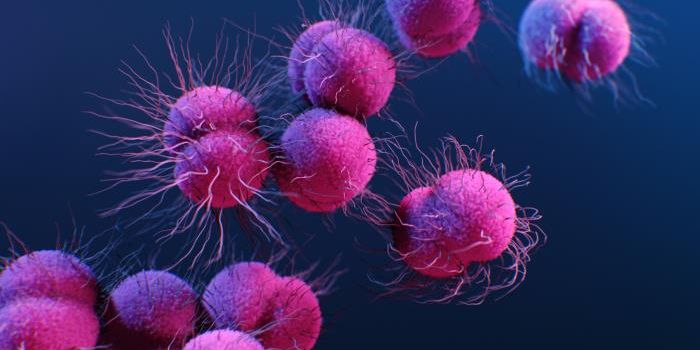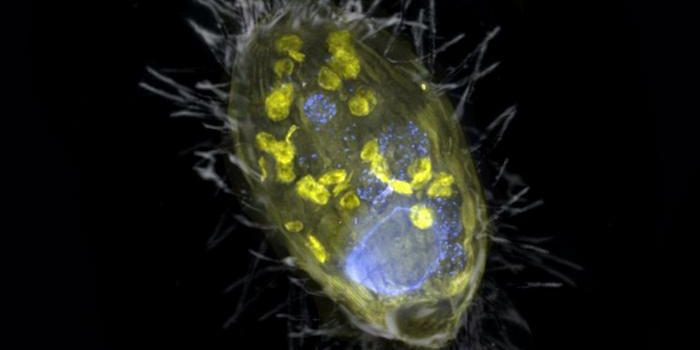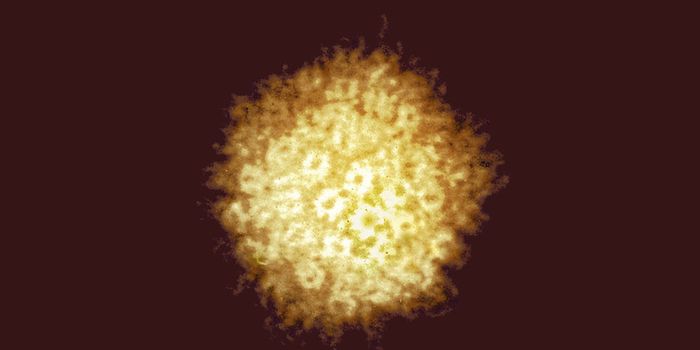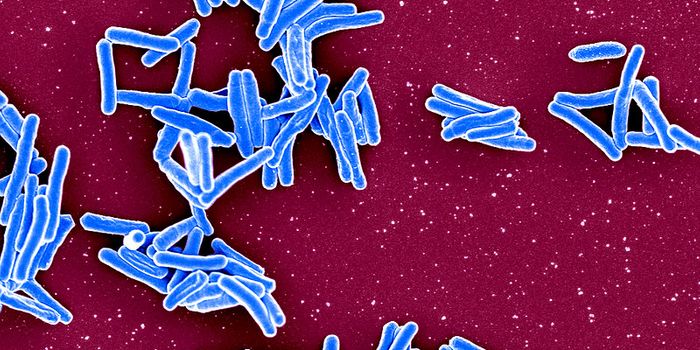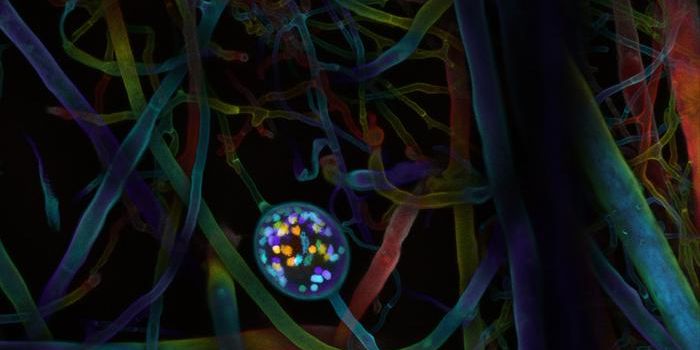The Switch Controlling the Stage of a Common Parasite
The parasite Toxoplasma gondii is thought to infect from one-quarter to one-third of the global population. It causes toxoplasmosis, which is a serious threat to people with weak immune systems and fetuses. When the parasite transitions from an acute infection to a quiescent life cycle, it becomes embedded in its host's cells and are impossible to get rid of, leading to long-term infection. It had been thought that genes play a role in the change from acute to chronic infections. Research has now identified a single gene that codes for a master regulator, which is all that is needed and required for the transition. The findings have been reported in Cell, and may lead to better treatments for toxoplasmosis.
When a warm-blooded animal consumes T. gondii-infected animal tissue, the parasite spreads. Humans can get the infection from consuming insufficiently cooked meat or shellfish, unwashed vegetables, contaminated water, or when changing a cat litter box that's used by a T. gondii-infected cat.
When the parasites get into the body, they replicate rapidly during the tachyzoite stage, when they do the most damage. The tachyzoites infect cells and generate a compartment inside that seals them off, where they multiply until the cell explodes, and the process repeats in other cells. This stage is thought to be the best time to target the infection. The parasites also transition, growing more slowly and getting less susceptible to drugs as bradyzoites, which have a thicker compartment wall in their host cell. They remain dormant until conditions become favorable for a more active state.
Whitehead Institute Member Sebastian Lourido and assistant professor of biology at the Massachusetts Institute of Technology (MIT), and graduate student Benjamin Waldman hypothesized that one master regulator was behind the tachyzoite to bradyzoite transition.
“Differentiation is not something a parasite wants to do halfway, which could leave them vulnerable,” Waldman said. “Multiple genes means more chances for things to go wrong, so you would want a master regulator to ensure that differentiation happens cleanly.”
The researchers applied the CRISPR gene-editor in this work, knocking out various T. gondii genes until they found the one that was needed for the transition from tachyzoite to bradyzoite. They also analyzed gene activity in the bradyzoite stage at the single-cell level.
The master regulator of the transition was identified as a gene they called Bradyzoite-Formation Deficient 1 (BFD1). T. gondii needed the BFD1 protein to change, and when its level was artificially increased, parasites transitioned to bradyzoites without needing the usual triggers. Toxoplasma differentiation can now be controlled in the lab and may help scientists create new therapies or a vaccine.
“Toxoplasma that can’t differentiate is a good candidate for a live vaccine, because the immune system can eliminate an acute infection very effectively,” Lourido said. “Chronic infection is a huge hurdle to curing many parasitic diseases. We need to study and figure out how to manipulate the transition from the acute to chronic stages in order to eradicate these diseases.”
Sources: Whitehead Institute, Cell

